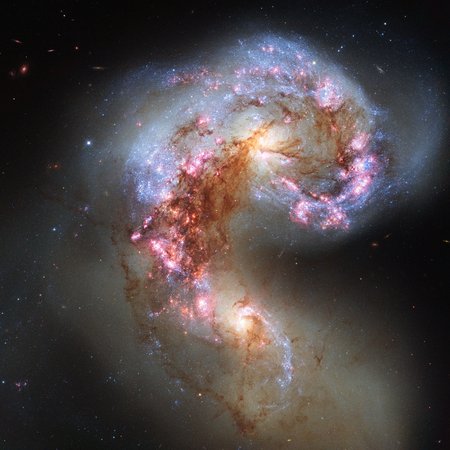Scientific Impact of Novel Instrumentation: The Case of MUSE
A recent study of Prof Dr Martin M. Roth (AIP) looks at the scientific impact of novel instruments, focusing on the MUSE field spectrograph.
A recent study of Prof Dr Martin M. Roth (AIP) looks at the scientific impact of novel instruments, focusing on the MUSE field spectrograph on the ESO Very Large Telescope (VLT) from 2014 to 2024.
The analysis shows that MUSE has recorded continuous progress in scientific publications since its commissioning. Since 2020, MUSE even became the most productive instrument of the entire VLT instrument set!
The research highlights the key role of MUSE in extragalactic astronomy and projects that this development could gain further momentum in the coming years. In summary, the case of MUSE illustrates the positive scientific impact that can be generated by innovative instruments in astronomy.
An interesting detail of the evaluation is that among the areas of application (from the solar system to high-redshift galaxies) one topic stands out: the investigation of extremely dense star fields in star clusters and closely located galaxies (green bars in the graphic). This method was developed as part of Sebastian Kamann's doctoral thesis at the AIP [1] and published for the first time in 2013 with the software tool PampelMuse [2]: a globally unique innovation with promising potential for future applications.
References:
[1] Dissertation Sebastian Kamann, Deutsche Nationalbibliothek
https://d-nb.info/1042331073/34
[2] Kamann, S., Wisotzki, L., Roth, M. M. 2013, “Resolving stellar populations with crowded field 3D spectroscopy”, A&A 549, 71
Images
Diagram of the MUSE study
Big screen size [1000 x 1063, 140 KB]
Original size [2161 x 2299, 370 KB]




